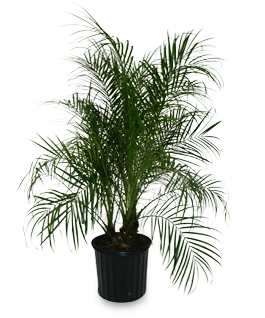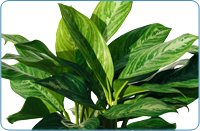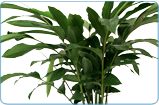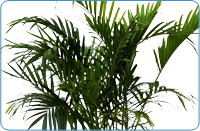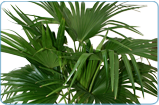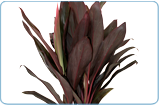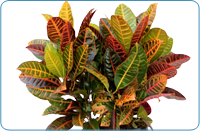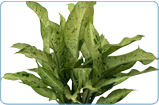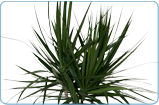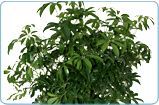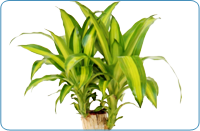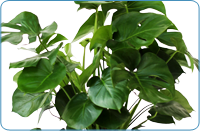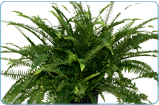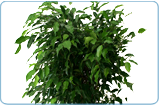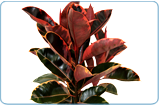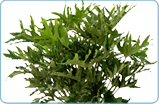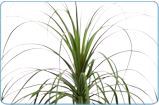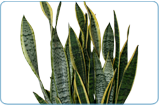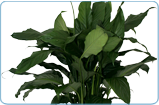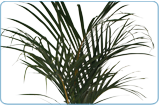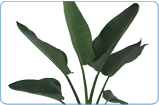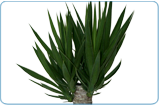Light
The Pygmy Date Palm needs a lot of bright light. It is best to keep the palm in an area where it will not receive a lot of direct sunlight. It will also do very well in areas where it receives filtered light (partial shade). Indoors, a south or east facing window would be ideal.
Placement
Office, Bedroom, Diningroom, Livingroom, Patio
Water Habits
The Pygmy Date Palm grows best in moist well drained soil. Do not allow the soil to dry between waterings. Lightly water until the soil becomes a dark color, but not to the point the soil is no longer able to absorb the water. Potting the plant to allow for proper drainage will help guard against over watering. Do not let the soil become soggy.
Temperature
Ideal Temperature for Pygmy Date Palms: 35-80°F (2-27°C) Min: 35°F (2°C)
Toxins Removed
Benzene, Formaldehyde, Carbon Monoxide
Did You Know ?
The Pygmy Date Palm, also commonly referred to as a Roebelenii, is native to the rainforests of Asia, primarily in Thailand and Burma. Quite often it is found growing on river banks, which explains why it thrives in moist soil. As one of the most popular of the dwarf palms it will grow to a maximum height of 12 feet.





